For the month of January, I’m going to explore trusts. Trusts can be a useful part of an estate plan, but they are not nearly as ubiquitous in Washington State as they are in man other parts of the country. In many states, like California and Florida, trusts are significantly easier and cheaper than probate, where a $670,000 estate could spend almost $34,000 on attorney fees and court fees. In Washington, attorney and court fees rarely exceed a few thousand dollars. Because trusts are not as frequently used in Washington, I get a lot of questions about what they are, how they work, and why I am (or am not) recommending one. This series of blogs will help explain what a trust is, what the differences are between different kinds of trusts, and when you might need one.
What is a trust?
Fundamentally, a trust is an agreement between three parties, enshrined in a legal document, usually called a trust agreement. The three people are: the grantor(s), the trustee(s), and the beneficiary(ies). Each of these parties can have one or more persons, and the same individual can be in more than one party. In fact, the most common type of trust, a revocable living trust or RLT, has the same person(s) in all three categories.
The grantor is the person who creates the trust. Also known as the settlor or creator, the property or cash that is placed into the trust comes from this person or these people. That cash or property then becomes the corpus, or body, of the trust.
The trustee is the person who is in charge of managing the property in the trust, and holds legal title to the property. The trustee is a fiduciary role, and carries the legal responsibility and requirement to manage the trust solely for the benefit of the beneficiary, and in compliance with the trust agreement and state law. In most states, the property of the trust is titled in the name of the trustee in their official capacity, such as “Anna Van Pelt, Trustee of the Van Pelt Family Trust.”
The beneficiary is the person who benefits from the trust. When there are multiple beneficiaries at the same time, this is often called a “pot” trust because the property is for the benefit of all the beneficiaries at once. Families with young children often prefer to have one trust for all of their children because it can be hard to anticipate the needs of each individual child when they are young, and many of their expenses will benefit the whole group of children. Families with teenagers often opt for separate trusts for each child, so that one child can’t spend more than their fair share. There can also be sequential beneficiaries; the primary or current beneficiary who receives any benefits now, and contingent or alternate beneficiaries who might receive benefits later.
While it might sound complicated to set up an agreement where a trustee manages the assets of the grantor for the benefit of the beneficiary, it is one of the best tools for ensuring that what you want to happen to your assets is exactly what happens.


